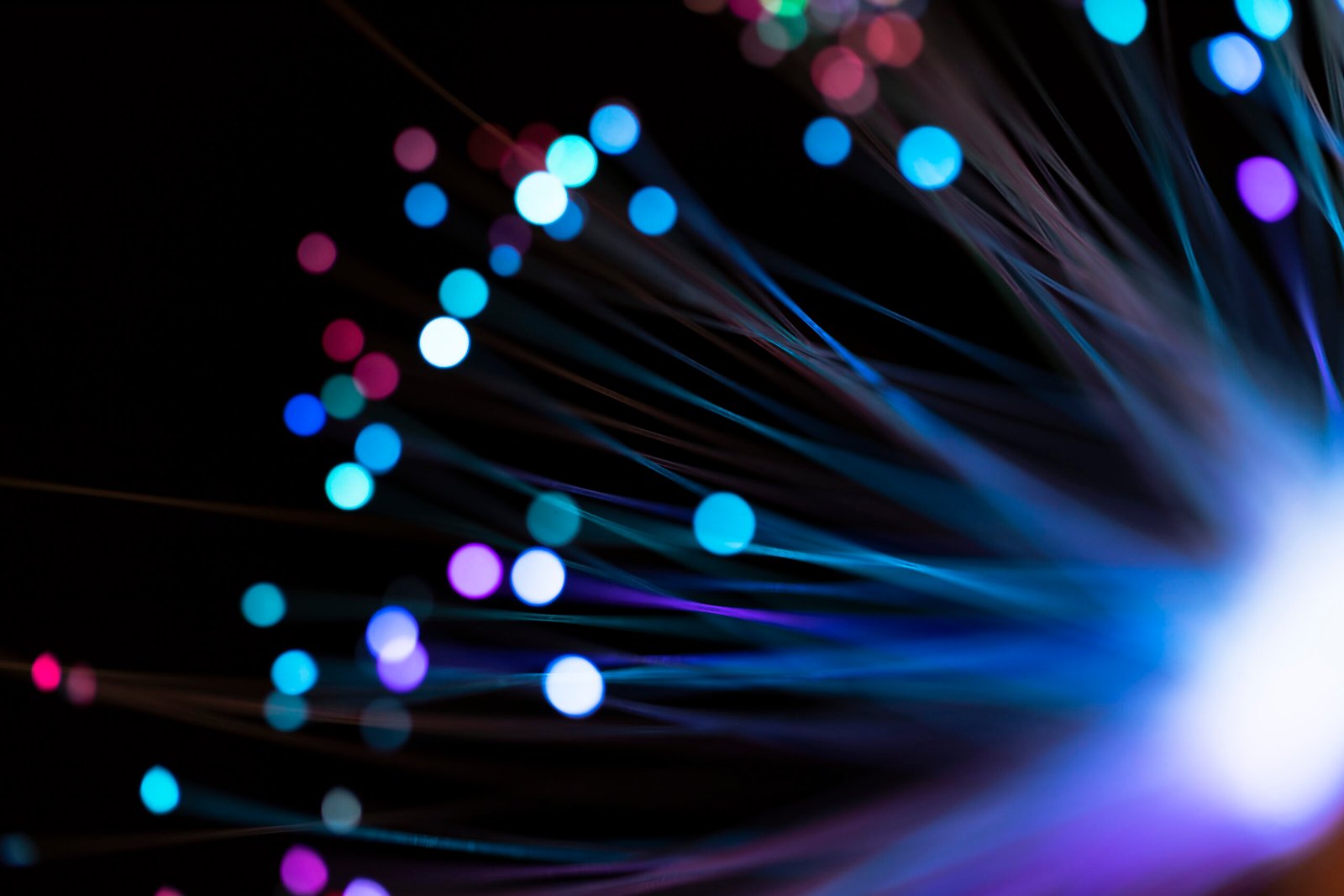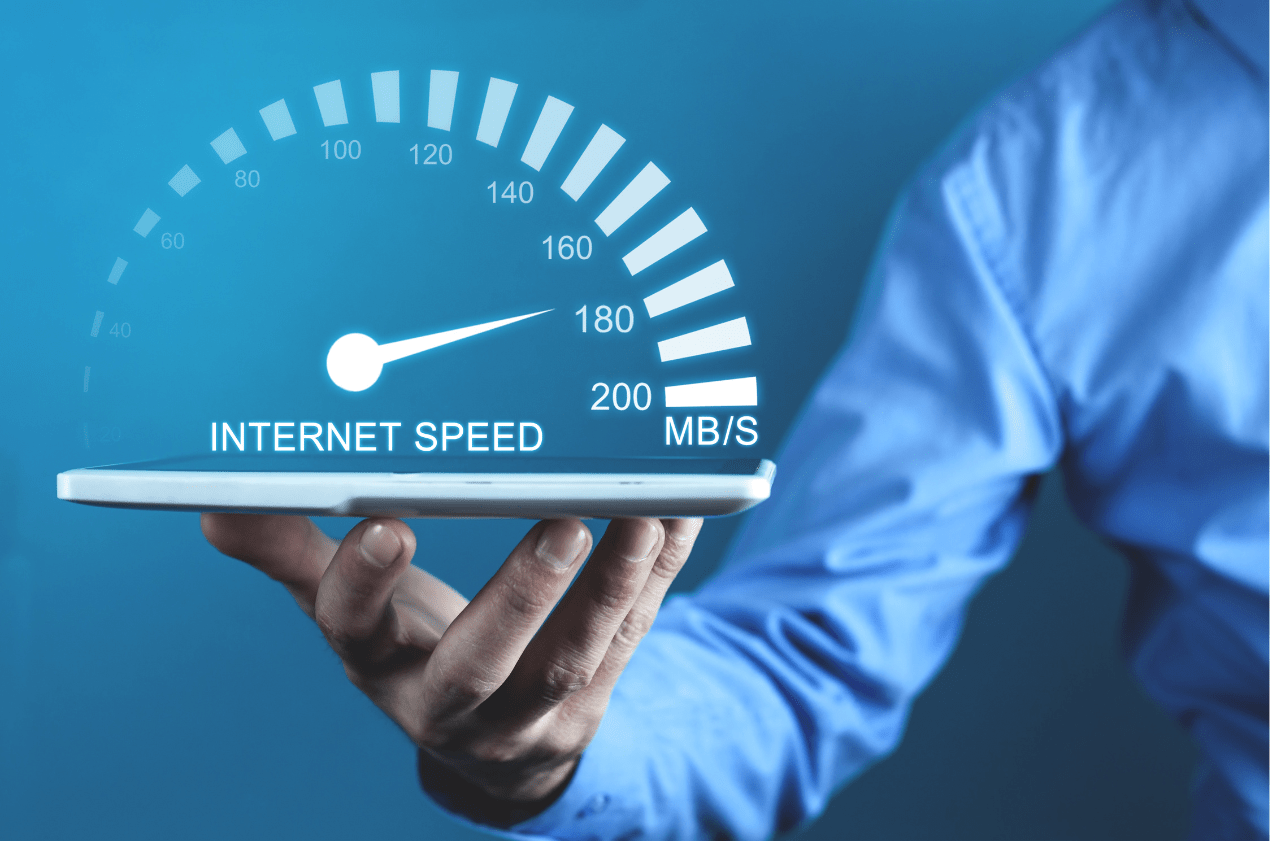
Advantages And Disadvantages Of LiFi - Complete Guide
Discover the advantages and disadvantages of LiFi from Oledcomm’s experts. We list down the Pros and Cons of Lifi to help you make an informed decision. Click Now!

Advantages and Disadvantages of LiFi
LiFi (Light Fidelity) is a revolutionary technology that transmits data using light waves, such as invisible light and infrared light. It has sparked significant interest due to its potential to address the growing demand for faster, more secure, and reliable wireless communication systems. Although it offers numerous benefits, it also has some limitations that need to be considered. In this article, we will explore the advantages and disadvantages of LiFi, diving into the pros and cons of LiFi, its applications, and how future advancements are likely to improve the technology.
Why is LiFi Needed?
As wireless data transmission technologies like Wi-Fi and cellular networks become increasingly congested, there is a pressing need for alternative solutions that can handle higher data volumes, operate securely, and offer faster speeds. The widespread use of smart devices and the internet of things (IoT) further compounds these challenges. This is where LiFi comes in.
LiFi uses light to transmit data instead of radio waves, as used in Wi-Fi. It holds significant promise for improving bandwidth, security, and data transmission speed. With light-based communication, data transfer is faster, interference is reduced, and there is the potential for higher capacity and better performance in dense environments. The applications of LiFi are myriad–it can be particularly useful in environments like military operations, hospitals, mobile command posts, and industrial applications, where traditional wireless technologies often struggle.
Advantages or Pros of LiFi
1. High-Speed Data Transmission
One of the most exciting benefits of LiFi is its ability to provide ultra-fast data transmission with low latency. This capability makes LiFi an ideal solution for applications that require real-time communication, such as in military settings, industrial automation, or advanced surveillance systems. The high-speed transmission opens new possibilities for applications such as 4K/8K video streaming, virtual reality, and augmented reality.
2. Enhanced Security
Security is a significant concern with wireless communication technologies, especially in sensitive environments. Unlike Wi-Fi and cellular networks, LiFi operates using invisible light, which cannot penetrate walls or other solid objects. This property makes LiFi inherently more secure than traditional radio-based communication systems, as the signal is confined to the room or space where the light is present. Consequently, this reduces the risk of external interference, hacking, or unauthorized access to the data being transmitted. LiFi's ability to operate in a secure, RF-free environment makes it particularly appealing for military, healthcare, and government sectors.

3. Reduced Interference
Another major advantage of LiFi is its reduced susceptibility to interference. Traditional wireless communication technologies, including Wi-Fi and Bluetooth, operate in the crowded radio frequency (RF) spectrum, which can lead to signal congestion, dropped connections, and slower speeds. LiFi, on the other hand, transmits data through light waves, which are free from electromagnetic interference. This makes LiFi an ideal solution for environments where maintaining a stable, uninterrupted connection is crucial, such as hospitals, mobile command posts, and military bases.
4. Energy Efficiency
LiFi can also be more energy-efficient than traditional wireless communication technologies. Since it uses light sources like LEDs, which consume significantly less energy compared to conventional routers and transmitters, LiFi can help reduce overall energy consumption in large-scale deployments. Furthermore, LiFi can work in environments where lighting is already in use, eliminating the need for separate power-hungry transmitters.
5. High Capacity
The capacity of a network refers to the amount of data that can be transmitted over it at any given time. LiFi can utilize the entire visible light spectrum for data transmission, which is much larger than the RF spectrum available for Wi-Fi. This high capacity means LiFi can support much higher data throughput, which is essential in dense environments where many devices are trying to access the same network simultaneously. This makes LiFi ideal for applications in smart cities, crowded public spaces, and industrial environments.
Disadvantages or Cons of LiFi
1. Limited Range
While LiFi offers excellent speed and security, it is also limited in terms of range. LiFi relies on line-of-sight communication, meaning that a device must be within the range of the light source to receive the signal. This is in contrast to Wi-Fi, which can transmit signals over large distances, even through walls. Therefore, LiFi may not be practical for use in large areas, unless multiple light sources are deployed. This limitation can be problematic for applications that require long-range communication or mobility.
2. Higher Costs
LiFi is generally more expensive than WiFi due to the higher upfront costs in installation. It requires specialized hardware like photonic antennas and receivers. However, the potential benefits of LiFi often outweigh the high initial costs.
3. Lack of Mobility
Unlike Wi-Fi, which supports mobility, LiFi has certain limitations when it comes to moving between different coverage areas. Since LiFi requires a direct line of sight with the light source, moving a device from one room to another may disrupt the connection for a few seconds. This lack of mobility makes LiFi less practical for mobile devices, such as smartphones, which are commonly used in diverse environments.
How LiFi Will Improve on Its Cons in the Future
As LiFi continues to evolve, researchers are exploring ways to address its limitations. One of the most promising developments is the potential integration of LiFi with other wireless communication technologies, such as 5G and Wi-Fi. Hybrid systems that combine the strengths of different technologies could help overcome range and mobility issues, allowing devices to seamlessly switch between different types of connectivity.
There is also ongoing research into improving the range and coverage of LiFi. New photodetector technologies are being developed that could extend the range of LiFi signals, enabling them to cover larger areas without the need for multiple light sources. Furthermore, smart lighting systems that can dynamically adjust to the needs of the network could solve the problem of inconsistent lighting, making LiFi more versatile and practical.
New Age Advances Expected to Add Benefits in LiFi
The future of LiFi looks promising with the integration of new technologies such as 5G, AI, and IoT. For example, in military applications, LiFi can provide highly secure and fast data communication that is less susceptible to interference, which is essential in mission-critical operations. Additionally, smart lighting technologies that adapt to network demands could extend LiFi's reach and improve the quality of service in environments with varying lighting conditions.
Moreover, the growing interest in LiFi for use in smart cities and industrial automation demonstrates its potential to revolutionize communication systems. With its high capacity, energy efficiency, and secure nature, LiFi is poised to become a cornerstone of the next generation of wireless networks.
Conclusion
LiFi is a transformative technology with the potential to revolutionize wireless communication. While it offers significant advantages of LiFi, such as high-speed data transmission, enhanced security, and energy efficiency, it also has certain disadvantages of LiFi, including limited range and dependency on light sources. However, as LiFi technology advances, these challenges are expected to be overcome, making it a more viable option for a wide range of applications.
Oledcomm, a pioneer in LiFi technology, offers state-of-the-art solutions designed to address these challenges with a versatile product portfolio. LiFiMAX is tailored for office environments, offering ultra-fast, secure connectivity for seamless data-intensive operations. SOLERIS, designed for military applications, ensures robust, interference-free Point-to-Point (P2P)systems extend connectivity over ranges of up to 500 meters, communication in critical zones with its lightweight and portable design. Additionally, their supporting high-speed data transmission (up to 1 Gbps) and enhanced security, making them ideal for industrial and defense sectors. Oledcomm’s innovations showcase how light-based technology is redefining connectivity, offering reliable, high-speed communication even in the most challenging environments.
Get in touch to learn more.
- Medium: Li-Fi uses light waves (visible, infrared, or ultraviolet) for data transmission, while Wi-Fi uses radio waves.
- Speed: Li-Fi can achieve speeds up to 10 Gbps or higher, significantly faster than most Wi-Fi systems.
- Range: Wi-Fi signals can penetrate walls and cover broader areas, while Li-Fi requires a direct line of sight and has limited range.
- Interference: Li-Fi is less prone to electromagnetic interference, making it ideal for sensitive environments like hospitals or aircraft.
- Security: Li-Fi is more secure as light signals cannot pass through walls, reducing the risk of external hacking.
- Limited Range: Light signals cannot penetrate walls, confining communication to specific rooms or spaces.
- Line-of-Sight Requirement: Devices must be directly within the beam of light to maintain a connection.
- Hybrid Systems: Integration with 5G and Wi-Fi for seamless connectivity and expanded range.
- Extended Range: Development of advanced photodetectors to increase signal coverage.
- Smart Lighting: Adaptive lighting systems that adjust dynamically to support continuous connectivity.
- IoT Integration: Li-Fi-enabled IoT devices for smarter homes, industries, and cities.
- Mobile Application: Improvements in mobility, allowing devices to switch smoothly between light sources without losing connectivity.
These advancements aim to address current limitations and expand Li-Fi’s usability across diverse applications.
Recent articles

Categories
See some more...



